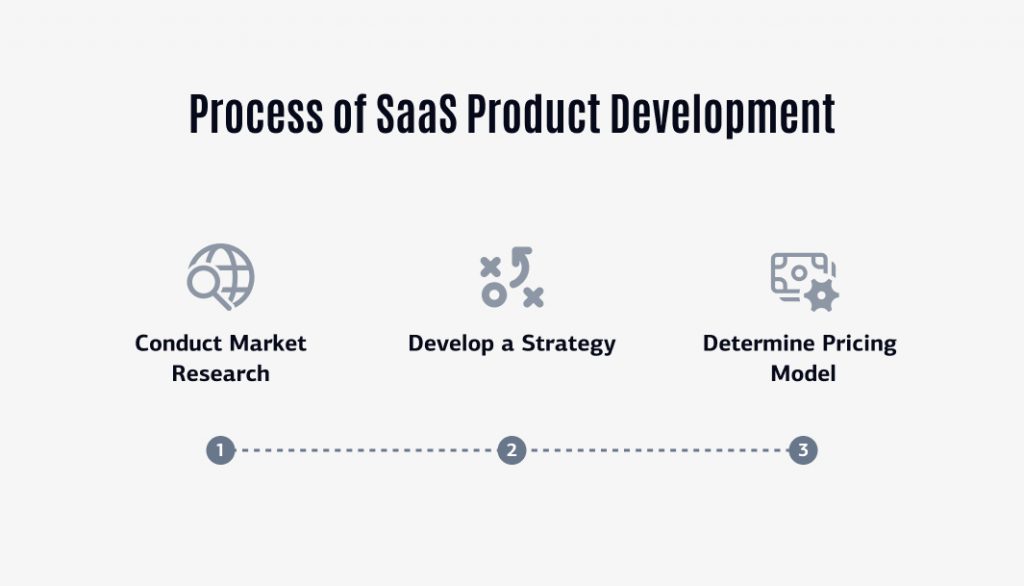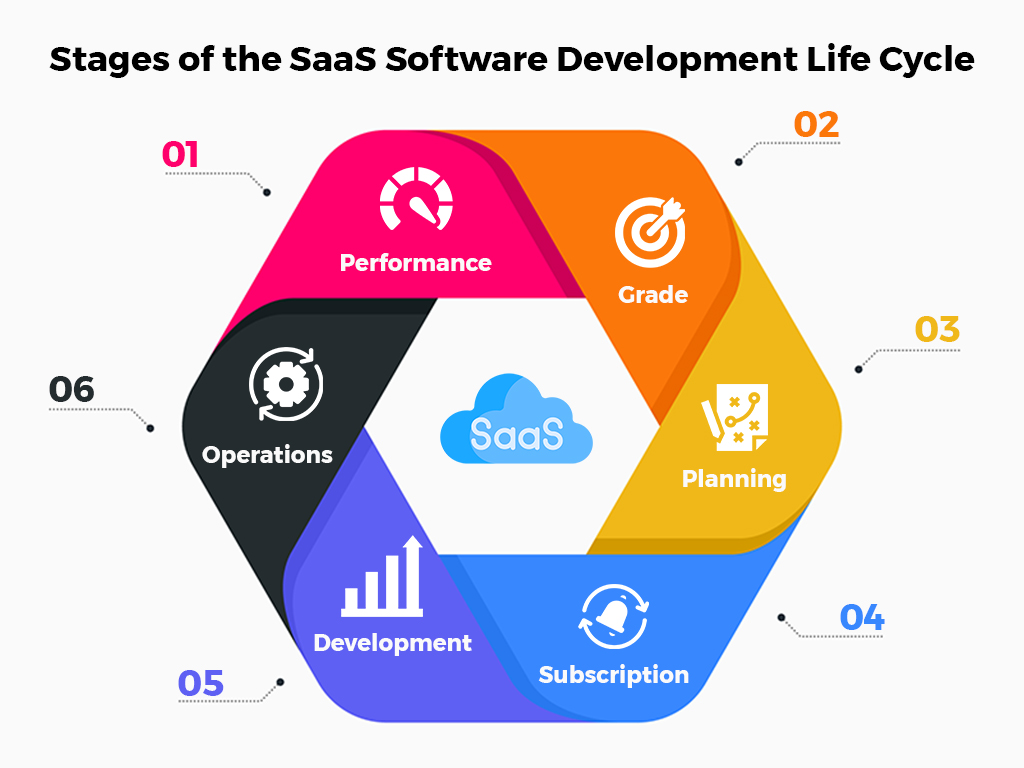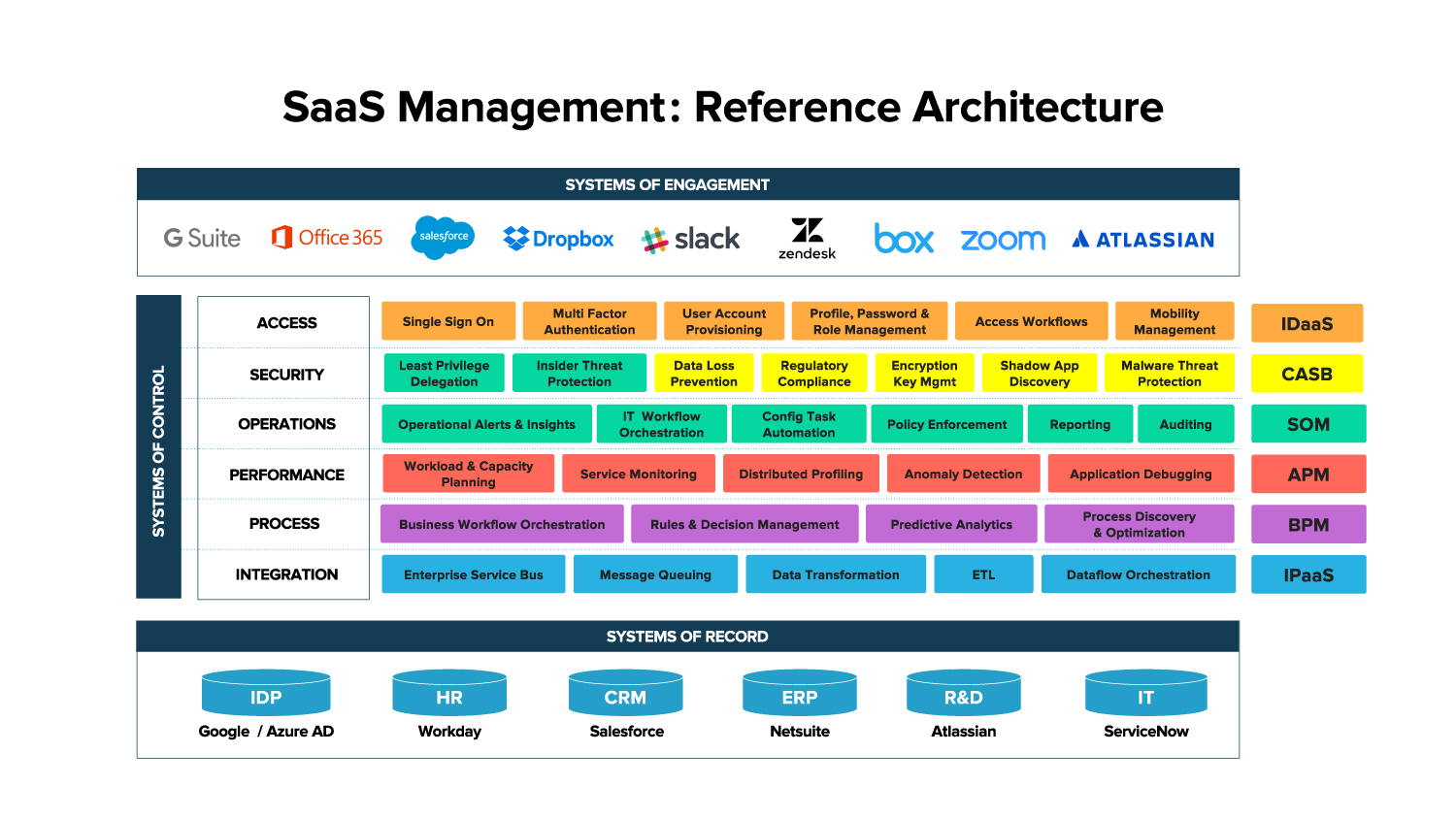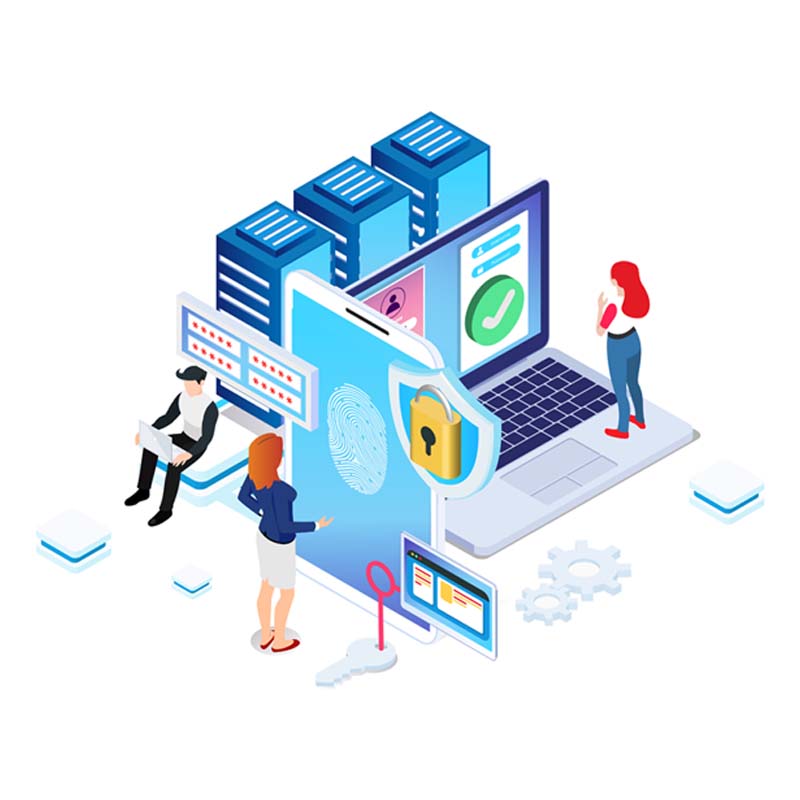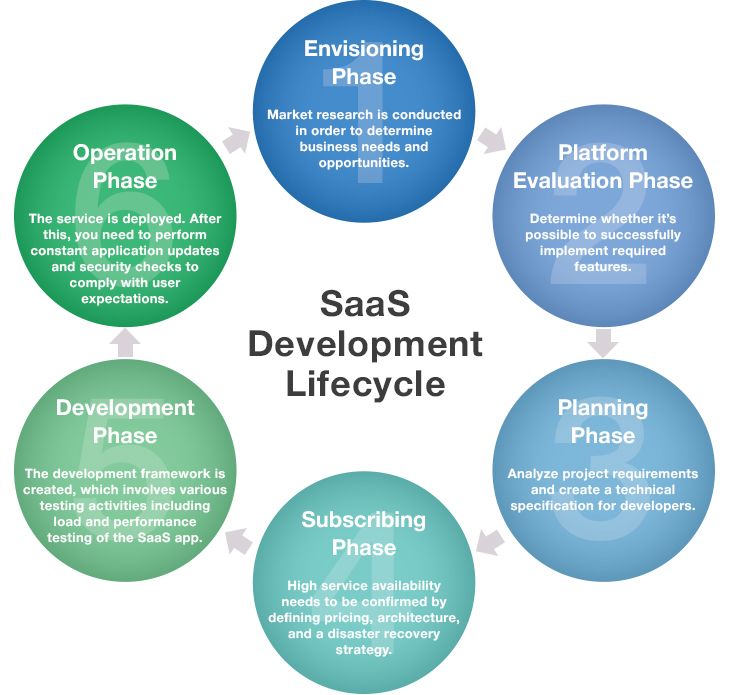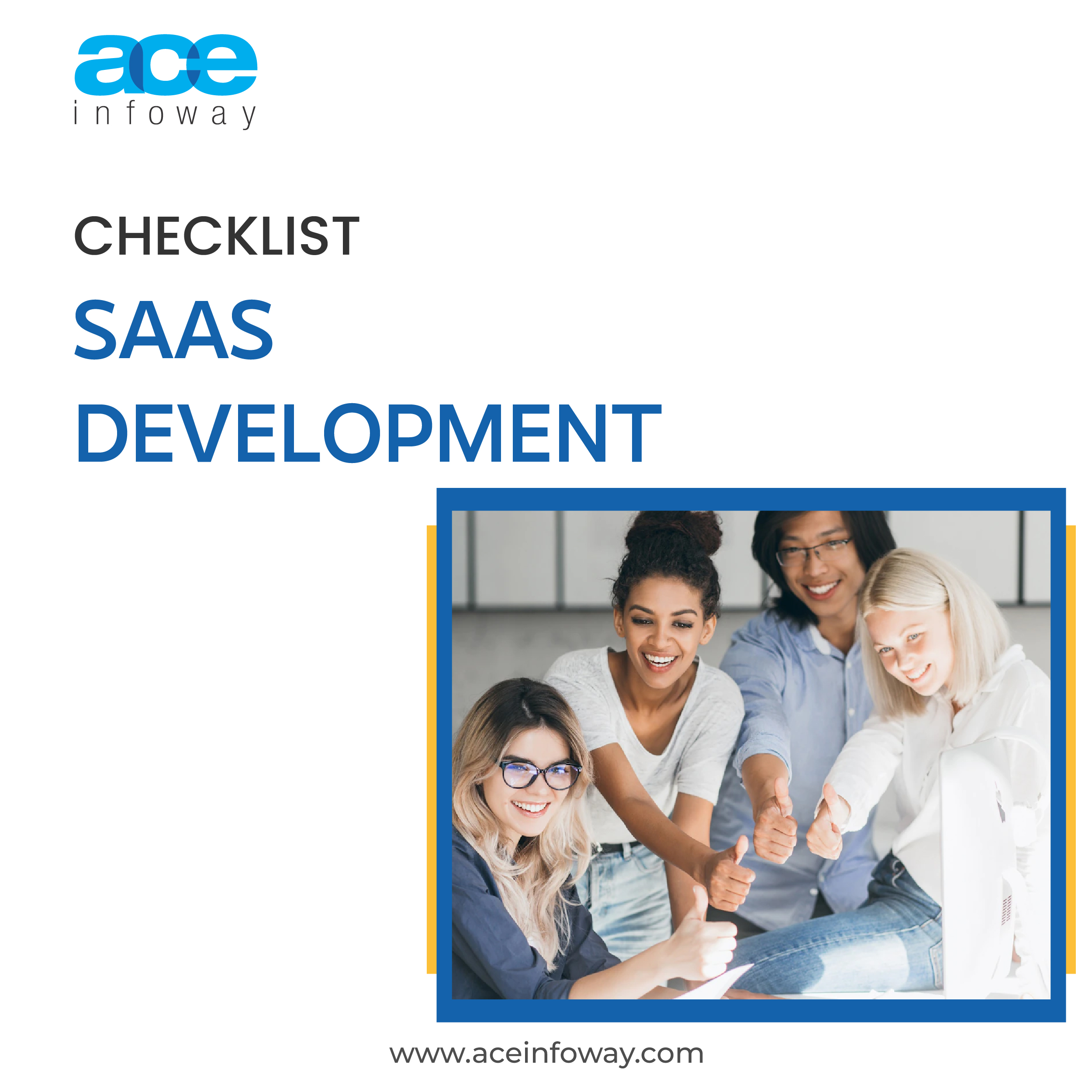The Key to Creating a Winning SaaS Solution
Understanding the target audience, market trends, and competition is crucial in SaaS product development. This knowledge serves as the foundation for creating a successful Software as a Service product that meets the needs of its users. By conducting thorough market research and analyzing industry trends, developers can identify gaps in the market and design a product that fills those gaps. This approach enables them to create a unique value proposition that sets their product apart from the competition.
In SaaS product development, it’s essential to have a deep understanding of the target audience, including their pain points, behaviors, and motivations. This information can be gathered through various methods, such as surveys, customer interviews, and online analytics. By analyzing this data, developers can create user personas that guide the product design and development process. This ensures that the final product meets the needs and expectations of its intended users.
Market trends also play a significant role in SaaS product development. Staying up-to-date with the latest industry trends and technological advancements enables developers to create a product that is innovative, scalable, and secure. This includes leveraging emerging technologies, such as artificial intelligence, blockchain, and the Internet of Things (IoT), to create a competitive edge. By incorporating these trends into the product design, developers can create a SaaS solution that is future-proof and adaptable to changing market conditions.
Finally, understanding the competition is vital in SaaS product development. Analyzing the strengths and weaknesses of competitors enables developers to identify areas for differentiation and create a unique selling proposition (USP). This USP serves as the key differentiator that sets the product apart from the competition and attracts potential customers. By understanding the competitive landscape, developers can create a SaaS product that is innovative, effective, and meets the needs of its target audience.
How to Develop a SaaS Product that Meets Customer Needs
The SaaS product development process involves several stages that help ensure the final product meets customer needs. The first stage is ideation, where developers generate and refine ideas for the product. This stage involves researching the target audience, identifying their pain points, and brainstorming solutions. The output of this stage is a clear product vision and a set of requirements that guide the development process.
The next stage is prototyping, where developers create a minimum viable product (MVP) that can be tested with a small group of customers. This stage involves designing and building the product’s core features and functionality. The MVP is then tested with customers to gather feedback and validate assumptions. This feedback is used to refine the product and make necessary changes.
After prototyping, the product enters the testing and iteration stage. This stage involves conducting thorough testing of the product, including alpha and beta testing. Customer feedback is gathered and used to make further refinements to the product. This stage is critical in ensuring the product meets customer needs and is free of defects.
Throughout the SaaS product development process, customer feedback and validation are crucial. Developers must engage with customers to gather feedback, validate assumptions, and make data-driven decisions. This ensures the final product meets customer needs and is aligned with market trends. By incorporating customer feedback and validation into the development process, developers can create a SaaS product that is innovative, effective, and meets the needs of its target audience.
In addition to customer feedback, SaaS product development teams must also prioritize collaboration and communication. This involves working closely with cross-functional teams, including sales, marketing, and customer support. By fostering a culture of collaboration and open communication, teams can ensure the product meets customer needs and is aligned with business goals.
The Role of Agile Methodologies in SaaS Development
Agile methodologies play a crucial role in SaaS product development, enabling teams to respond quickly to changing market conditions and customer needs. By adopting Agile principles, SaaS development teams can increase flexibility, reduce time-to-market, and improve collaboration between teams. This approach allows teams to iterate rapidly, gather feedback, and make data-driven decisions to drive business growth.
One of the key benefits of Agile methodologies in SaaS product development is the ability to respond quickly to changing market conditions. By using iterative development cycles, teams can rapidly adapt to changing customer needs and market trends. This enables SaaS companies to stay ahead of the competition and maintain a competitive edge in the market.
Agile methodologies also facilitate improved collaboration between teams. By using techniques such as Scrum and Kanban, teams can work together more effectively, share knowledge, and align around common goals. This leads to better communication, reduced misunderstandings, and improved overall team performance.
In addition to improved collaboration, Agile methodologies enable SaaS development teams to reduce time-to-market. By using iterative development cycles, teams can release new features and updates more frequently, which enables them to respond quickly to changing customer needs and market trends. This approach also enables teams to gather feedback from customers and make data-driven decisions to drive business growth.
Some of the key Agile methodologies used in SaaS product development include Scrum, Kanban, and Lean. Scrum is a framework that emphasizes teamwork, accountability, and iterative progress toward well-defined goals. Kanban is a visual system for managing work, which emphasizes continuous flow and delivery. Lean is a methodology that emphasizes eliminating waste, optimizing flow, and delivering value to customers.
By adopting Agile methodologies, SaaS development teams can improve their overall performance, increase flexibility, and reduce time-to-market. This enables them to respond quickly to changing market conditions and customer needs, which is critical for success in the competitive SaaS market.
Designing a Scalable and Secure SaaS Architecture
Designing a scalable and secure SaaS architecture is crucial for the success of any SaaS product. A well-designed architecture enables SaaS companies to handle increased traffic, data storage, and user demand, while ensuring the security and integrity of customer data. In this article, we will discuss the key considerations for designing a scalable and secure SaaS architecture.
Cloud infrastructure is a critical component of a scalable SaaS architecture. Cloud providers such as Amazon Web Services (AWS), Microsoft Azure, and Google Cloud Platform (GCP) offer a range of services that enable SaaS companies to scale their infrastructure on demand. This includes virtual machines, storage, databases, and networking services. By leveraging cloud infrastructure, SaaS companies can quickly scale their infrastructure to meet changing demand, without the need for costly hardware upgrades.
Data storage is another critical consideration for SaaS companies. SaaS products often require large amounts of data storage to support customer data, analytics, and reporting. Cloud-based data storage services such as Amazon S3, Azure Blob Storage, and Google Cloud Storage provide scalable and secure data storage solutions for SaaS companies. These services offer features such as data encryption, access controls, and data backup and recovery.
Security protocols are also essential for a scalable and secure SaaS architecture. SaaS companies must ensure that customer data is protected from unauthorized access, theft, and data breaches. This includes implementing security measures such as encryption, firewalls, and access controls. SaaS companies must also comply with industry regulations and standards, such as GDPR, HIPAA, and PCI-DSS.
In addition to cloud infrastructure, data storage, and security protocols, SaaS companies must also consider scalability and performance when designing their architecture. This includes using load balancers, content delivery networks (CDNs), and caching mechanisms to improve performance and reduce latency. SaaS companies must also monitor their architecture for performance issues and optimize their infrastructure to ensure optimal performance.
By designing a scalable and secure SaaS architecture, SaaS companies can ensure the success of their product and provide a high-quality experience for their customers. This includes leveraging cloud infrastructure, data storage, and security protocols, as well as considering scalability and performance. By following these best practices, SaaS companies can build a scalable and secure SaaS architecture that meets the needs of their customers and drives business growth.
Streamlining SaaS Development with DevOps and Automation
DevOps and automation are essential for streamlining SaaS product development, enabling teams to deliver high-quality software faster and more efficiently. By adopting DevOps practices and automating repetitive tasks, SaaS development teams can improve collaboration, reduce errors, and increase productivity.
Continuous Integration and Continuous Deployment (CI/CD) pipelines are a key component of DevOps in SaaS product development. CI/CD pipelines automate the build, test, and deployment process, enabling teams to deliver software faster and with fewer errors. This approach also enables teams to quickly identify and fix issues, reducing the risk of errors and improving overall quality.
Automation is also critical for streamlining SaaS development. By automating repetitive tasks, such as testing and deployment, teams can free up time to focus on higher-value tasks, such as feature development and innovation. Automation also enables teams to scale their development process more efficiently, reducing the risk of errors and improving overall productivity.
Another key benefit of DevOps and automation in SaaS product development is improved collaboration between teams. By adopting DevOps practices, teams can work together more effectively, sharing knowledge and expertise to deliver high-quality software faster. This approach also enables teams to align around common goals and objectives, improving overall communication and collaboration.
In addition to CI/CD pipelines and automation, other DevOps practices, such as continuous monitoring and feedback, are also essential for streamlining SaaS development. Continuous monitoring enables teams to quickly identify and fix issues, reducing the risk of errors and improving overall quality. Feedback loops also enable teams to gather feedback from customers and stakeholders, improving overall satisfaction and driving business growth.
By adopting DevOps and automation practices, SaaS development teams can improve their overall efficiency and productivity, delivering high-quality software faster and more efficiently. This approach also enables teams to scale their development process more efficiently, reducing the risk of errors and improving overall quality.
Real-World Examples of Successful SaaS Products
There are many successful SaaS products that have disrupted their respective markets and achieved significant growth. In this section, we will explore some real-world examples of successful SaaS products, including their development strategies, key features, and market impact.
One example of a successful SaaS product is Salesforce. Salesforce is a cloud-based customer relationship management (CRM) platform that has revolutionized the way businesses manage their customer interactions. Salesforce was founded in 1999 and has since grown to become one of the largest and most successful SaaS companies in the world. Salesforce’s success can be attributed to its innovative approach to CRM, which includes features such as cloud-based deployment, mobile accessibility, and social media integration.
Another example of a successful SaaS product is Dropbox. Dropbox is a cloud-based file sharing and storage platform that has become a household name. Dropbox was founded in 2007 and has since grown to become one of the most popular file sharing platforms in the world. Dropbox’s success can be attributed to its ease of use, scalability, and security features, which have made it a favorite among consumers and businesses alike.
Slack is another example of a successful SaaS product. Slack is a cloud-based communication platform that has revolutionized the way teams communicate and collaborate. Slack was founded in 2009 and has since grown to become one of the most popular communication platforms in the world. Slack’s success can be attributed to its innovative approach to communication, which includes features such as real-time messaging, video conferencing, and file sharing.
These examples demonstrate the potential for SaaS products to disrupt markets and achieve significant growth. By understanding the development strategies, key features, and market impact of these successful SaaS products, businesses can gain valuable insights into how to develop their own successful SaaS products.
In addition to these examples, there are many other successful SaaS products that have achieved significant growth and market impact. These include products such as HubSpot, Zendesk, and Mailchimp, which have all disrupted their respective markets and achieved significant success.
Overcoming Common Challenges in SaaS Product Development
SaaS product development teams often face a range of challenges that can impact the success of their product. In this section, we will discuss some of the most common challenges faced by SaaS product development teams, including managing complexity, ensuring scalability, and maintaining customer satisfaction.
One of the most significant challenges faced by SaaS product development teams is managing complexity. As SaaS products grow and evolve, they can become increasingly complex, making it difficult for teams to manage and maintain them. To overcome this challenge, teams can use techniques such as modular design, microservices architecture, and continuous integration and delivery.
Ensuring scalability is another common challenge faced by SaaS product development teams. As SaaS products grow in popularity, they must be able to scale to meet increasing demand. To overcome this challenge, teams can use cloud-based infrastructure, load balancing, and caching mechanisms.
Maintaining customer satisfaction is also a critical challenge for SaaS product development teams. To overcome this challenge, teams can use techniques such as customer feedback and validation, user experience (UX) design, and continuous testing and iteration.
In addition to these challenges, SaaS product development teams may also face challenges related to security, compliance, and data management. To overcome these challenges, teams can use techniques such as encryption, access controls, and data backup and recovery.
By understanding the common challenges faced by SaaS product development teams, businesses can take steps to overcome them and ensure the success of their product. This includes using techniques such as modular design, cloud-based infrastructure, and customer feedback and validation.
It’s also important for SaaS product development teams to prioritize communication and collaboration. By working closely with stakeholders, including customers, sales teams, and support teams, SaaS product development teams can ensure that their product meets the needs of its users and drives business growth.
Measuring Success in SaaS Product Development
Measuring success in SaaS product development is crucial for driving business growth and informing product development decisions. In this section, we will discuss the importance of measuring success in SaaS product development, including key metrics such as customer acquisition costs, retention rates, and revenue growth.
Customer acquisition costs (CAC) are a critical metric for SaaS product development teams. CAC measures the cost of acquiring a new customer, including marketing and sales expenses. By tracking CAC, SaaS product development teams can optimize their marketing and sales strategies to reduce costs and improve efficiency.
Retention rates are another important metric for SaaS product development teams. Retention rates measure the percentage of customers who continue to use a product over time. By tracking retention rates, SaaS product development teams can identify areas for improvement and optimize their product to meet customer needs.
Revenue growth is also a key metric for SaaS product development teams. Revenue growth measures the increase in revenue over time, providing insight into the success of a product. By tracking revenue growth, SaaS product development teams can identify areas for improvement and optimize their product to drive business growth.
In addition to these metrics, SaaS product development teams may also track other key performance indicators (KPIs), such as customer satisfaction, user engagement, and product adoption rates. By tracking these KPIs, SaaS product development teams can gain a comprehensive understanding of their product’s performance and make data-driven decisions to drive business growth.
By using data to inform product development decisions, SaaS product development teams can optimize their product to meet customer needs and drive business growth. This includes using techniques such as A/B testing, user feedback, and market research to inform product development decisions.
It’s also important for SaaS product development teams to establish a data-driven culture, where data is used to inform product development decisions and drive business growth. This includes providing training and resources to team members, establishing clear goals and objectives, and encouraging a culture of experimentation and innovation.


